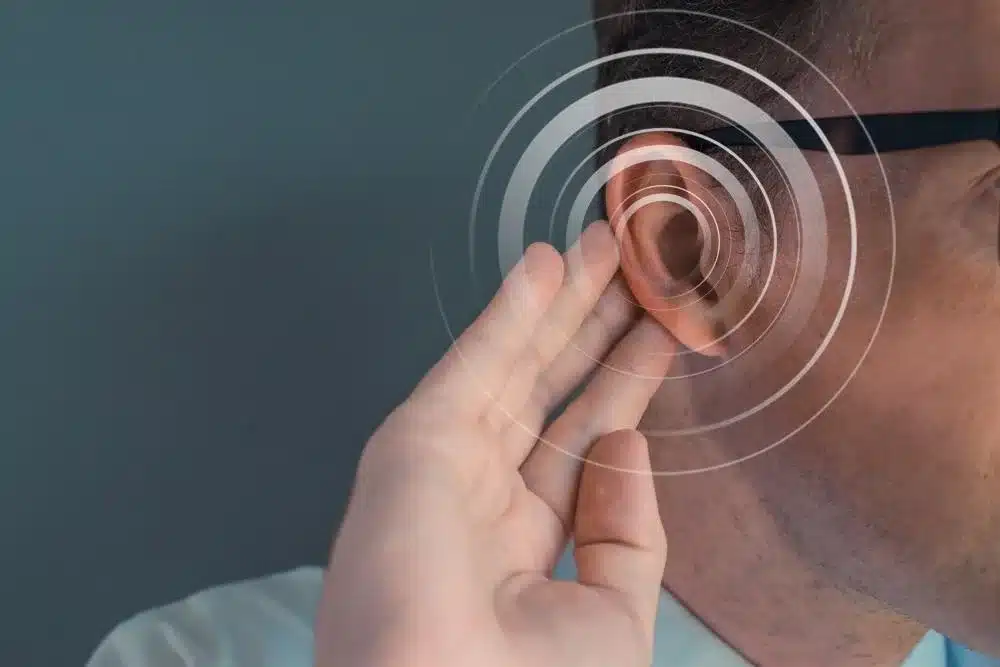In the silent corners of human experience, technology has orchestrated a revolution, bringing forth a symphony of sounds to those who have long lived with hearing loss. Hearing aids, once bulky and limited devices, have undergone a metamorphosis driven by transformative advances. Today, we stand at an exciting frontier where hearing aid technology not only restores hearing but enhances it, marrying sleek design with cutting-edge features like artificial intelligence, Bluetooth connectivity, and even health tracking. When you are looking to invest in the best hearing aid, understanding these transformative advances is key.
Advances in Sound Processing
The first significant advancement that has driven the evolution of hearing aids is sound processing technology. Traditional analog hearing aids amplify all sounds equally, making it difficult for users to discriminate between background noise and speech. The introduction of digital signal processing (DSP) in the 1990s revolutionized the hearing aid industry, allowing for a more sophisticated and individualized approach to sound amplification. DSP can analyze incoming sounds and filter out unwanted noise, making it easier for wearers to focus on speech and other important sounds.
Some of the latest advancements in sound processing technology include adaptive directional microphones, which can automatically adjust to focus on the direction of speech, and noise reduction algorithms that can distinguish between different types of sounds and filter out unwanted background noise.
Online Hearing Assessments and Qualification
Never before has accessibility to hearing care been so within reach—thanks to the advent of online hearing assessments. These digital evaluations, which can be conducted from the comfort of one’s home, are fundamentally reshaping how individuals access hearing aid services. Prospective users can now learn about the different types of hearing aids available, assess their hearing abilities, and determine if they require a hearing aid all through an online platform. These tests are designed to mirror those conducted in a professional audiologist’s office, providing a preliminary assessment to guide the decision on whether to seek hearing aids. While not a replacement for professional diagnosis, these online assessments are a valuable first step in recognizing hearing issues and moving toward a solution backed by technology.
Artificial Intelligence

In recent years, artificial intelligence (AI) has made its way into hearing aids, taking sound processing to the next level. AI-powered hearing aids can learn a user’s listening habits and environments, adjusting settings accordingly to provide the best sound experience. This technology also allows for real-time adjustments to sounds, making it easier for wearers to adapt to changing environments.
AI has also enabled personalized sound amplification based on an individual’s unique hearing needs. By analyzing data from various sensors and microphones, AI-powered hearing aids can customize sound settings in real time for optimal hearing. This advancement has made it possible to address specific hearing challenges, such as tinnitus and difficulty understanding speech in noisy environments.
Seamless Connectivity Options
The integration of wireless technology has turned hearing aids into high-tech communication hubs. Modern hearing aids come with Bluetooth connectivity, enabling users to directly stream audio from various devices including smartphones, televisions, and computers. This seamless connectivity not only provides convenience but also elevates the quality of audio experiences. For instance, phone calls and music can be directly streamed into the hearing aids, providing crystal clear sound directly into the ear.
Bluetooth technology has enabled the creation of customizable mobile applications, empowering users to discreetly modify their hearing aid settings, monitor battery levels, and locate lost hearing aids. This signifies a notable move toward user autonomy in managing hearing conditions, offering increased control and a personalized hearing experience.
Integrated Health Monitoring
The frontier of hearing aid technology has expanded to encompass features beyond sound augmentation by incorporating overall health and wellness monitoring capabilities. Today’s smart hearing aids often come equipped with sensors that can track biometric data, such as heart rate, calories burned, and physical activity. This suite of features marks a new era of proactive health management intertwined with hearing enhancement.
Moreover, these integrated health tracking functionalities create opportunities for users to act upon their health data, encouraging a lifestyle that is not only beneficial to their auditory health but to their comprehensive well-being. This revolutionary approach to auditory devices serves to break barriers between health technology segments and paves the way for a holistic health ecosystem accessible via the very device designed to aid hearing.
User-Centric Design and Accessibility
The surge in innovation has not only been in the internal mechanics of hearing aids but also in their external accessibility and design. Manufacturers have embraced a user-centric approach, focusing on creating hearing aids that are not only effective but also aesthetically pleasing and easy to use. Ergonomic designs that cater to various levels of dexterity, discreet in-ear models, and stylish colors are all part of the modern offerings. This push towards user-friendly designs helps to reduce the stigma associated with wearing hearing aids and makes them more appealing to users of all ages. Moreover, advances in battery technology and rechargeability have made hearing aids more convenient to maintain, further enhancing the user experience.
The dramatic advancements in hearing aid technology epitomize how innovation can profoundly improve quality of life. From revamping sound processing to the incorporation of artificial intelligence and health monitoring, the latest developments transform hearing aids into comprehensive, high-tech solutions for auditory challenges. Coupled with user-friendly designs and broader accessibility, this technological evolution offers a promising glimpse into a future where hearing loss is no longer a barrier to a full and engaging lifestyle. As we continue to push the boundaries of what is possible, there is every reason to be hopeful for even greater strides in hearing aid technology that will continue to empower individuals across the globe.
Lucas Noah, armed with a Bachelor’s degree in Information & Technology, stands as a prominent figure in the realm of tech journalism. Currently holding the position of Senior Admin, Lucas contributes his expertise to two esteemed companies: OceanaExpress LLC and CreativeOutrank LLC. His... Read more
